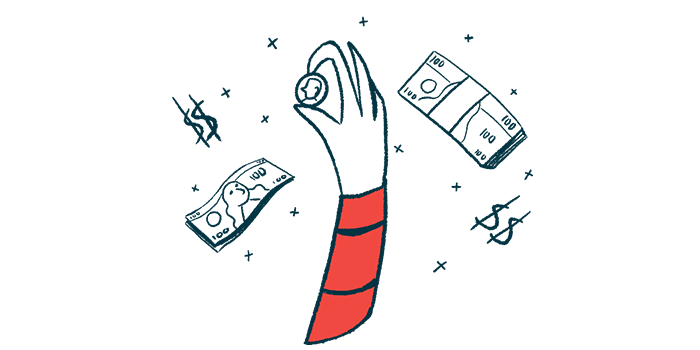Analysis Finds Acthar Gel Cost-effective for MS Relapses

Acthar Gel (repository corticotropin injection) was found to be a cost-effective treatment for people with multiple sclerosis (MS) experiencing a relapse, according to an economic analysis.
Notably, the economic value of Acthar Gel was greater than that of alternative treatments — plasmapheresis and intravenous immunoglobulin — from the perspective of both the payers and society.
The analysis, “Cost-effectiveness of repository corticotropin injection for the treatment of acute exacerbations in multiple sclerosis,” was published in the journal ClinicoEconomics and Outcomes Research.
Acthar Gel, marketed by Mallinckrodt Pharmaceuticals, is a naturally sourced mixture of molecules similar to corticotropin and other small proteins made by the pituitary gland. Corticotropin, also known as adrenocorticotropic hormone (ACTH), is a hormone that drives the adrenal glands to produce and release cortisol, a steroid that helps regulate certain immune and inflammatory processes that are relevant to MS.
The mixture is approved in the U.S. for the treatment of acute relapses in MS patients. It is suspended in a gel that can be injected under the skin or into the muscle, usually as an alternative for patients who do not respond to, or do not tolerate, corticosteroids or have trouble with receiving an injection into the bloodstream.
Studies have shown that Acthar Gel leads to significant improvements for symptoms associated with MS relapses after two months of treatment, and that it saves costs from a payer’s perspective compared with the alternative therapies plasmapheresis and intravenous immunoglobulin.
However, it remains unknown whether this treatment also is superior to its alternatives from a societal perspective, which accounts for loss of productivity, side effects, and other indirect costs.
To find out, researchers in the U.S made a new analysis to estimate the cost-effectiveness of Acthar Gel over one to three years from both payers’ and society’s perspectives.
The goal of a cost-effectiveness analysis is to help determine if a treatment has value based on how well it works, while neither payers nor members of the society overpay for care that does not offer sufficient benefits.
First, the researchers determined the incremental cost-effectiveness ratio, which is a measure of the economic value of a treatment compared with one or more alternatives. To account for the value of additional lifetime gained, the researchers calculated the quality-adjusted life year (QALY), a measure of a treatment’s impact on life duration and quality of life.
They found that Acthar Gel was dominant over both plasmapheresis and intravenous immunoglobulin, meaning it was both clinically superior and cost-saving.
In the first year, Acthar gel resulted in 0.115 additional QALYs compared with plasmapheresis, at an added cost of $4,839 for payers. While the cost was superior, amounting to $42,078 per extra QALY, the treatment was still considered cost-effective at a willingness-to-pay (WTP) threshold of $100,000. WTP is the maximum price someone is willing to pay for a medication.
From a societal perspective, the treatment added not only QALYs, but ended up saving $10,508 in other costs compared with plasmapheresis at one year.
After two and three years, Acthar gel continued to increase QALYs and save costs for both payers and the society compared with plasmapheresis. While the therapy added 0.368 to a patient’s life after three years, payers would have a cost of $18,551 less over that period than with plasmapheresis, and the society had to pay $67,972 less.
Compared with intravenous immunoglobulin, Acthar gel showed an average QALY gain of 0.376 over the three years, but there was an average cost-saving of $275,954 for payers and of $326,372 for the society.
“Rebates and drug price discounts may further enhance the cost-effectiveness,” the researchers wrote.
The study was sponsored by Mallinckrodt.







